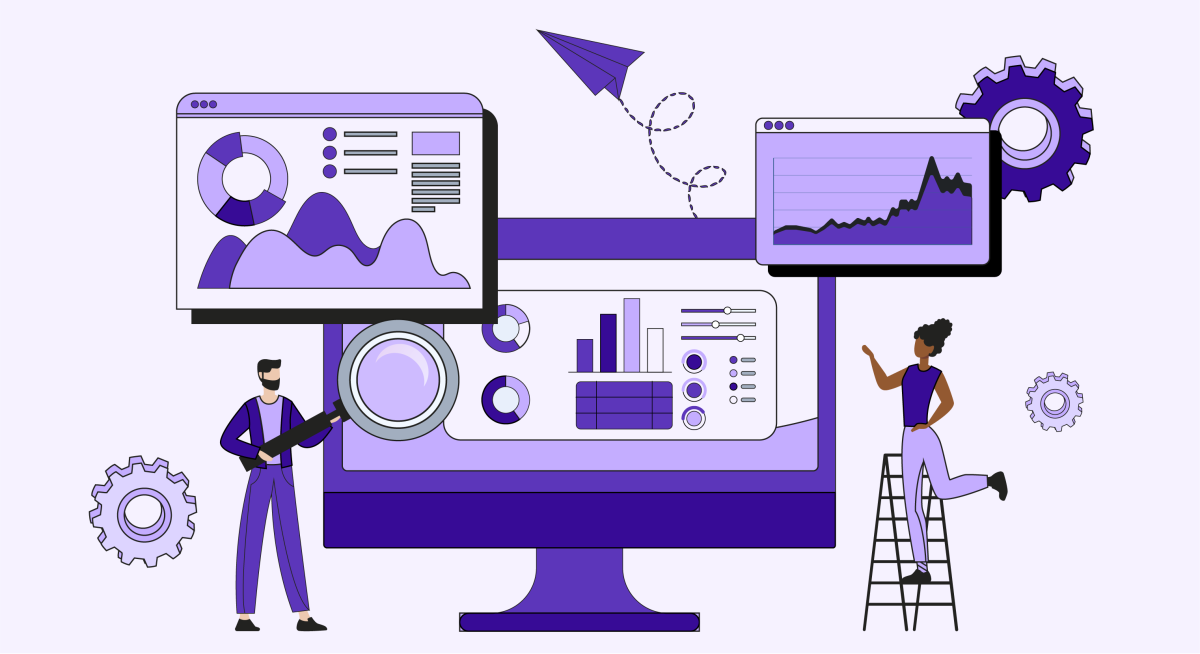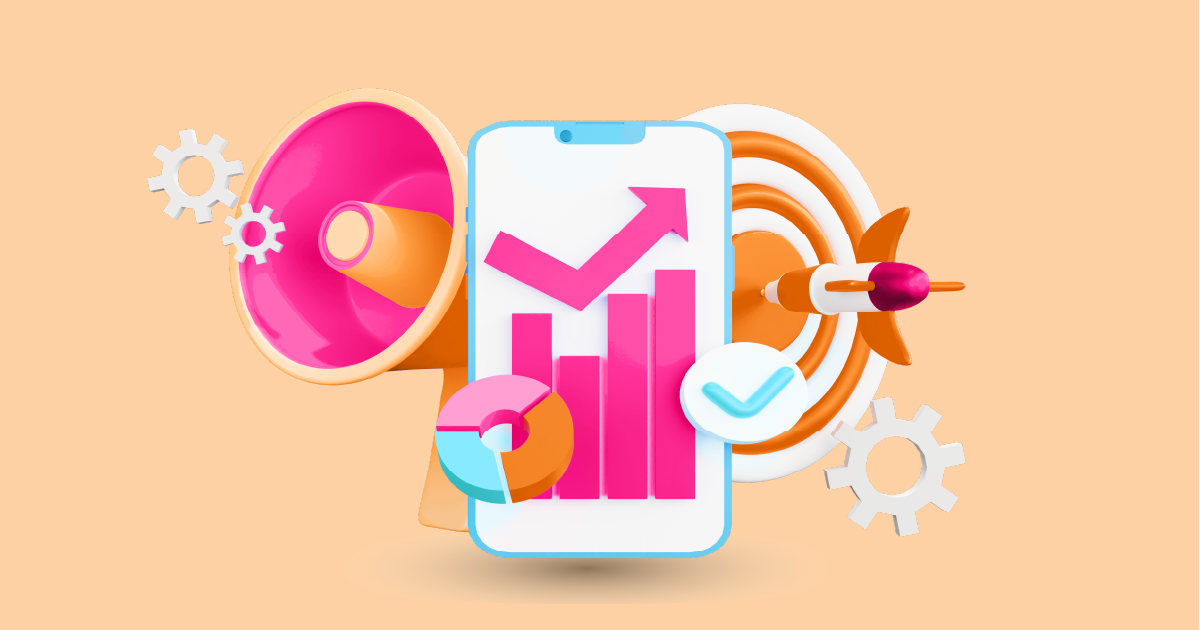4. Customization Options
Media monitoring software often offers customizable dashboards and reports, allowing users to tailor the monitoring process to their specific needs and objectives.
How Media Monitoring Software Works
Media monitoring software employs sophisticated algorithms to crawl and index online content, extracting relevant mentions based on predefined criteria. These mentions are then analyzed for sentiment, relevance, and impact before being presented to users in a user-friendly interface.
Benefits of Using Media Monitoring Software
In today’s hyper-connected world, the benefits of media monitoring tool are manifold:
1. Brand Reputation Management
By tracking mentions and sentiment surrounding their brand, businesses can proactively manage their online reputation, address negative feedback, and capitalize on positive sentiment.
2. Crisis Management
Media monitoring tool enables organizations to detect and respond to potential crises in real time, mitigating reputational damage and preserving brand integrity.
3. Competitor Analysis
By monitoring competitor mentions and industry trends, businesses can gain valuable insights into market dynamics, identify emerging threats and opportunities, and adjust their strategies accordingly.
4. Customer Insights
Media monitoring tool provides valuable insights into customer sentiment, preferences, and pain points, enabling businesses to tailor their products, services, and marketing efforts to better meet customer needs.
Top Media Monitoring Software Solutions
Several media monitoring tool solutions dominate the market, including Mention, AIM Insights, and Meltwater. These platforms offer a comprehensive suite of features designed to meet the diverse needs of businesses across industries.
Factors to Consider When Choosing Media Monitoring Software
When evaluating media monitoring tool, businesses should consider several key factors:
1. Pricing
Different providers offer varying pricing models, ranging from subscription-based plans to pay-per-use options. Businesses should assess their budgetary constraints and choose a solution that offers the best value for money.
2. Features
From real-time monitoring to sentiment analysis and competitor tracking, businesses should prioritize features that align with their monitoring objectives and strategic goals.
3. User Interface
The usability and intuitiveness of the software interface play a crucial role in user adoption and satisfaction. Businesses should opt for platforms that offer a user-friendly interface and customizable dashboards.
4. Customer Support
Reliable customer support is essential for troubleshooting issues, resolving queries, and maximizing the value of the software investment. Businesses should choose providers that offer responsive support channels and comprehensive documentation.
Case Studies: Successful Implementation of Media Monitoring Tool
Numerous businesses have experienced success by implementing media monitoring software:
- Company A: By leveraging media monitoring tool, Company A was able to detect and address negative sentiment surrounding a product launch, resulting in improved brand perception and customer satisfaction.
- Company B: Through real-time monitoring of industry trends and competitor mentions, Company B gained a competitive edge, identifying emerging opportunities and refining its marketing strategy accordingly.
Challenges
Despite its myriad benefits, implementing media monitoring tool comes with its own set of challenges:
1. Data Overload
The sheer volume of online content can overwhelm users, making it challenging to filter and prioritize relevant mentions effectively.
2. Accuracy and Reliability
Media monitoring tool relies on algorithms to analyze and categorize mentions, which may occasionally result in inaccuracies or false positives.
Future Trends
As technology continues to evolve, media monitoring tool is poised to undergo several transformative trends:
1. Artificial Intelligence Integration
The integration of artificial intelligence and machine learning algorithms will enable more sophisticated sentiment analysis, trend detection, and predictive analytics.
2. Advanced Analytics
Future iterations of media monitoring tool will offer advanced analytics capabilities, including predictive modeling, sentiment forecasting, and trend analysis.
3. Automation
Automation will streamline the media monitoring process, allowing businesses to focus on interpreting insights and taking strategic action rather than manual data collection and analysis.
Best Practices for Effective Media Monitoring
To maximize the effectiveness of media monitoring efforts, businesses should adhere to the following best practices:
1. Set Clear Objectives
Define clear objectives and key performance indicators (KPIs) to guide the media monitoring process and measure its impact on business outcomes.
2. Monitor Relevant Channels
Focus on monitoring channels that are most relevant to your industry, target audience, and strategic objectives to avoid information overload and ensure actionable insights.
3. Analyze and Act on Insights
Regularly analyze monitoring data to identify trends, patterns, and opportunities, and take proactive steps to capitalize on positive sentiment and address negative feedback.





